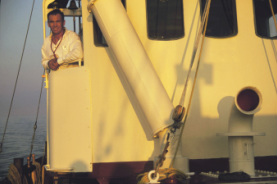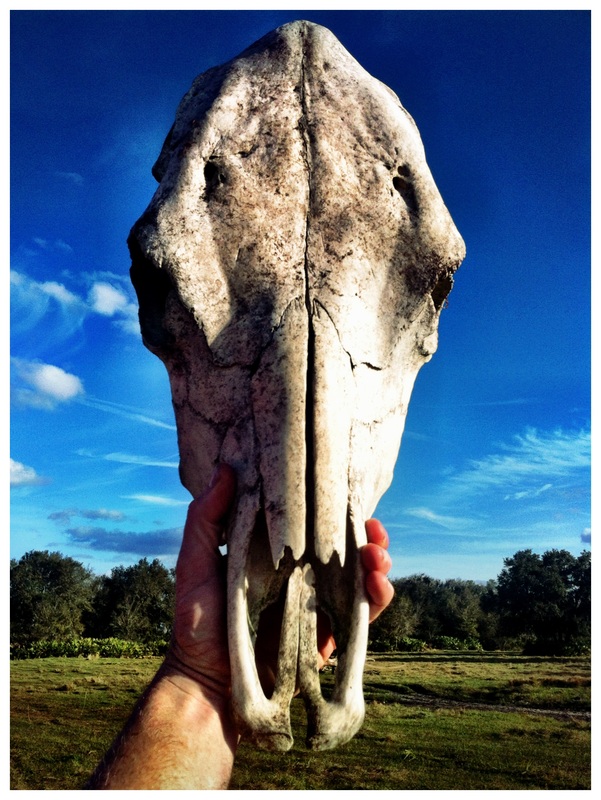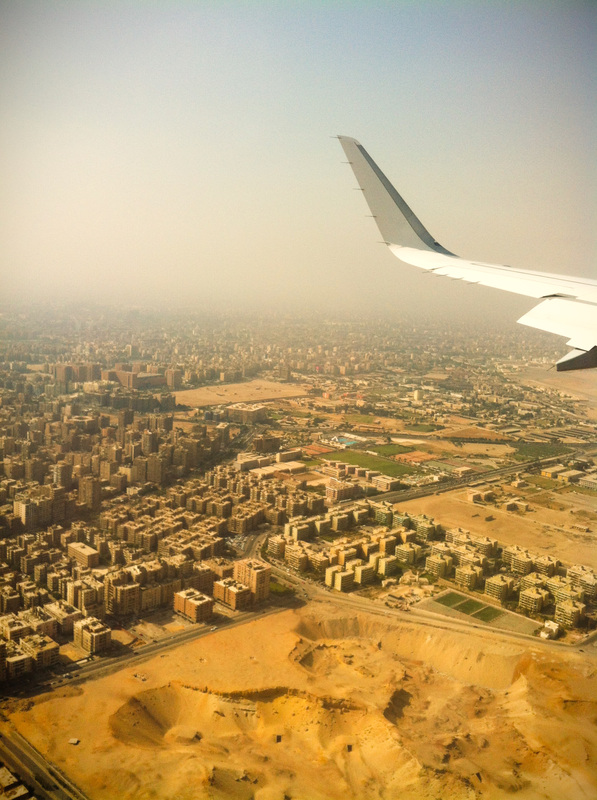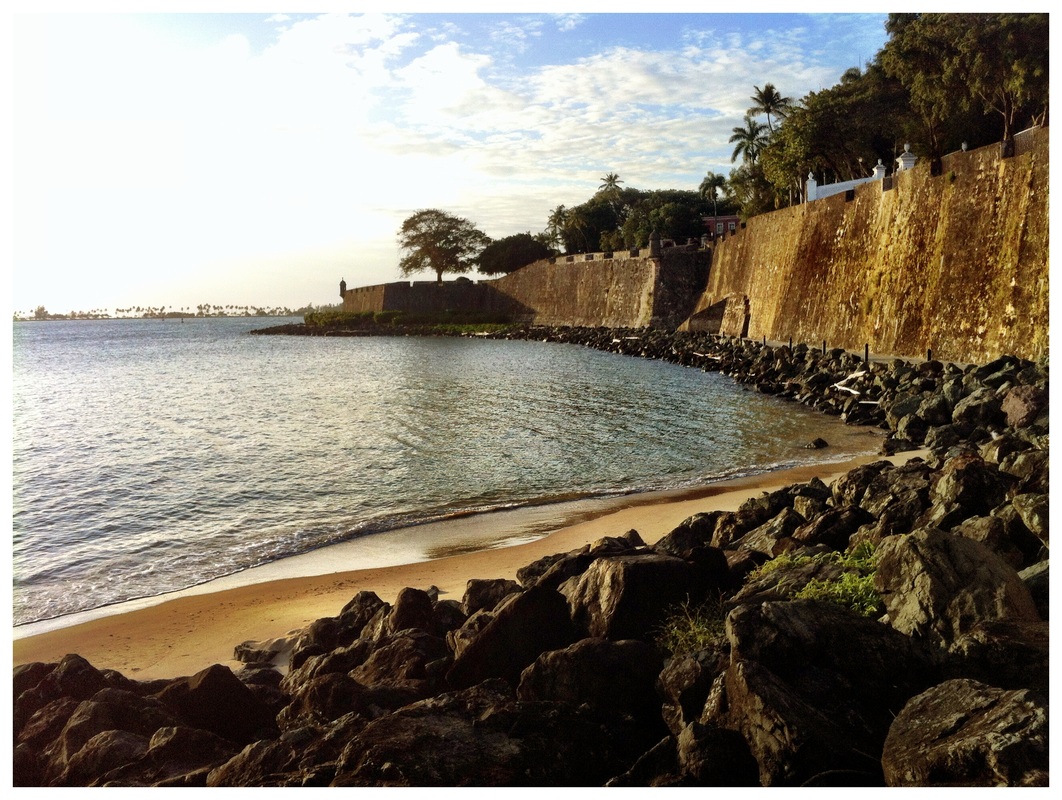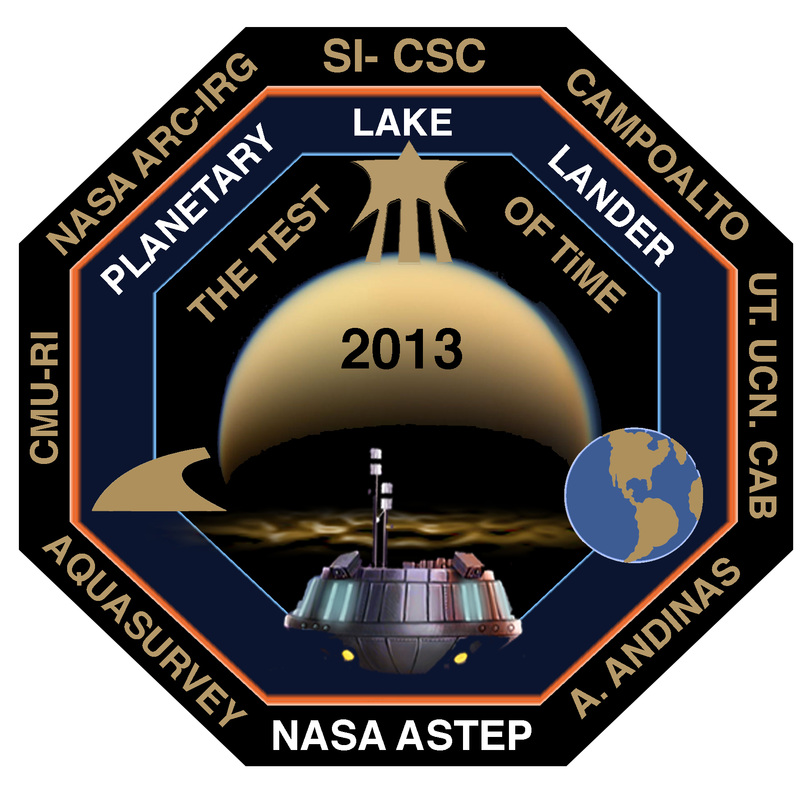Since these are "Shorts" the load differently than typical youtube videos. It may take me e few tries to figure this out.
|
https://youtube.com/shorts/6zpiX7alCc0?si=m9Q2KmKu-5zyoWk_
Director of Excavations Franck Goddio asked me to make some short videos of our Life On Board, during the current Underwater Archaeological mission in Alexandria Egypt.
Since these are "Shorts" the load differently than typical youtube videos. It may take me e few tries to figure this out.
0 Comments
Flint Dibble is an archaeologist at Cardiff University, and he wrote a very good article about how, and WHY, to take on conspiracy theorist in the archaeology/history space.
"In a world filled with people sceptical of science, we need to see these opportunities, not as debates but spectacles. We need to speak up strategically and share our expertise in our post-truth world." Ironically, the image used in the article was of an AI generated sunken civilization, not unlike the fantasy images often used alongside images of the real work of Underwater Archaeologist Franck Goddio. Thank you Professor, for inspiring me to struggle more against online disinformation of all types. Oil lamps played important roles at Christian pilgrimage shrines all over the Byzantine world. This gold finger ring appears to be fully functional, and might have been owned by a christian Pilgrim visiting a sacred site in Egypt during the Byzantine era, when many ancient sacred sites had been converted under Christianity. You can find out about this and other finds by Underwater Archaeologists on the team of Franck Goddio by visiting https://www.franckgoddio.org/finds/ Egyptian Pharaohs: Immersive Exhibitions in France Includes Artifacts from Sunken Egyptian Cities3/13/2024 Egyptian Pharaohs:Immersive Exhibitions in France
Some of the amazing underwater pictures taken during excavations off the coast of Egypt by award winning photographer and IEASM team member Christoph Gerigk are currently presented in the exhibition "Egyptian Pharaohs" at the Atelier des Lumières in Paris. They form part of a fascinating immersive exhibition experience that allows visitors to dive into the history of the pharaohs and Egypt's ancient civilization. "Egyptian Pharaohs" will also be on display at the Carrières des Lumières in Les Baux de Provence from 19 April 2024. The BBC World Service programme Witness History has published a new video featuring the podcast episode with Franck Goddio. In "Discovering the ancient city of Thonis-Heracleion" Franck explains to host Josephine McDermott how he and the IEASM team managed to discover this ancient port city in today's Aboukir Bay and what incredible artefacts they have recovered from the seabed from the Sunken Egyptian City.
I have been looking forward to this re-opening for a long time, and just got the announcement that some of the artifacts uncovered by the Franck Goddio and the IEASM are on display again... " The Graeco-Roman Museum of Alexandria re-opened its doors to the public in 2023 after 18 years of renovation work. The museum's archaeological collection is dedicated to the Greek and Roman eras of Egypt. It illustrates the periods of history from before the foundation of Alexandria by Alexander the Great in 331 BC, the subsequent Ptolemaic Dynasty who ruled until 30 BC, followed by Egypt's time as a Roman province up to the Muslim conquest in 641 AD. Among the 10,000 artefacts on display are several discovered by the IEASM during underwater excavations in the sunken cities of Thonis-Heracleion and Canopus as well as in the ancient Portus Magnus of Alexandria. As a world premiere, the stele of Thonis-Heracleion, discovered underwater in 2000, is displayed side by side with its twin, uncovered in Naukratis in 1899. Both are inscribed with The Decree of Nectanebo I which concerns payments to a local temple. The twin steles have 14 identical columns of hieroglyphs and differ only in column 13, where the locations they were erected are specified. To find two intact copies of the same edict by Nectanebo I practically on the spot they were originally set up is a very rare event in the history of archaeology. Further artefacts in the collection include the statue of a Ptolemaic queen, the Naos of the Decades and the Neilos bust. #grandegyptianmuseum Follow the journey of the two colossal statues of a queen and a pharaoh, discovered in the temple area of the sunken city of Thonis-Heracleion, from underwater excavation to their display at museums. For more information visit: https://www.franckgoddio.org/ A team of underwater archaeologists has made new discoveries at a sunken temple in the ancient port city Thonis-Heracleion, which is now located off Egypt’s coast, the European Institute for Underwater Archaeology (IEASM) announced on Tuesday, Writes ARTNews The city, which was initially found underwater by the IEASM in 2000, was once Egypt’s largest port along the Mediterranean Sea. That port was active for centuries before the founding of Alexandria in 331 BCE. Its remains are now under the ocean roughly 4.3 miles from the current coastline. Artifacts at a Greek sanctuary to Aphrodite among the ruins of the ancient city Thonis-Heracleion. © Franck Goddio/Hilti Foundation. Photo Christoph Gerigk
Led by French marine archaeologist Franck Goddio, the team found huge blocks of stone from a collapsed ancient temple dedicated to the god Amun. Pharaohs went to the temple to be bestowed with their power as king. Additionally, the team found precious objects, among them silver ritual instruments, gold jewelry, and alabaster containers for perfumes and ointments. These objects are thought to have once belonged to the temple treasury. Excavations conducted by Goddio’s team and the underwater archaeology department of Egypt’s ministry and tourism department yielded underground structures supported dating back to the 5th century BCE. Before these structures sunk, they were supported using wooden posts and beams. The use of new geophysical prospecting technologies, which make it possible to detect buried chambers and objects, aided in the find. A Greek sanctuary to Aphrodite containing bronze and ceramic objects was unearthed east of the Amun temple. Archaeologists believe that the discovery of Greek weapons in the area indicated the presence of mercenaries who would have been defending access to the Kingdom. It also demonstrates that Greeks were allowed to trade and settle in the city during the Saïte dynasty (664–525 BCE). Even Business Insider is getting in on the exciting news of the recent finds of Franck Goddio's Team in Egypt One of the Team with a very interesting find
© Franck Goddio/Hilti Foundation. Photo Christoph Gerigk 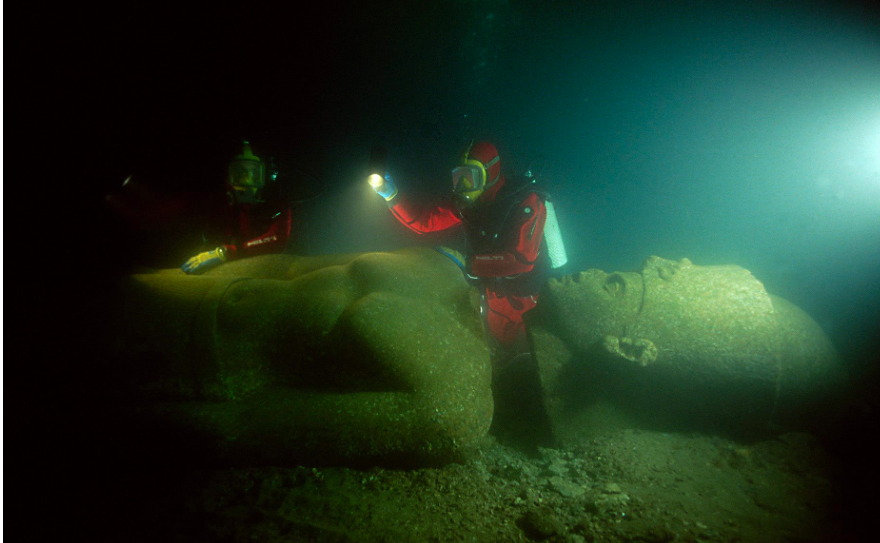 After a millenium under the sea, and a few years on tour of the worlds cultural capitals as part of exhibitions of the finds of the IEASM, the colossal statues of an Egyptian Queen dressed as Isis and her double-crowned Pharaoh King have found a permanent home at the Grand Egyptian Museum in Cairo, Egypt. The long anticipated Museum opening has not yet occurred, but eager visitors can already see the Royal Couple in their place of prominence. So far from where Franck Goddio's team of divers found them. I am so proud to be part of that team, and remember the discovery like it was yesterday. CNN just covered the opening in a video clip here. I hope you enjoy it. |
My Name is Eric and My Job is Scientific Exploration.
That means I'm lucky enough to join expeditions to excavate sunken cities, climb volcanoes, find missing bombs, and Sail old research vessels, while searching for the mysteries of the natural world. Categories
All
Archives
June 2024
|

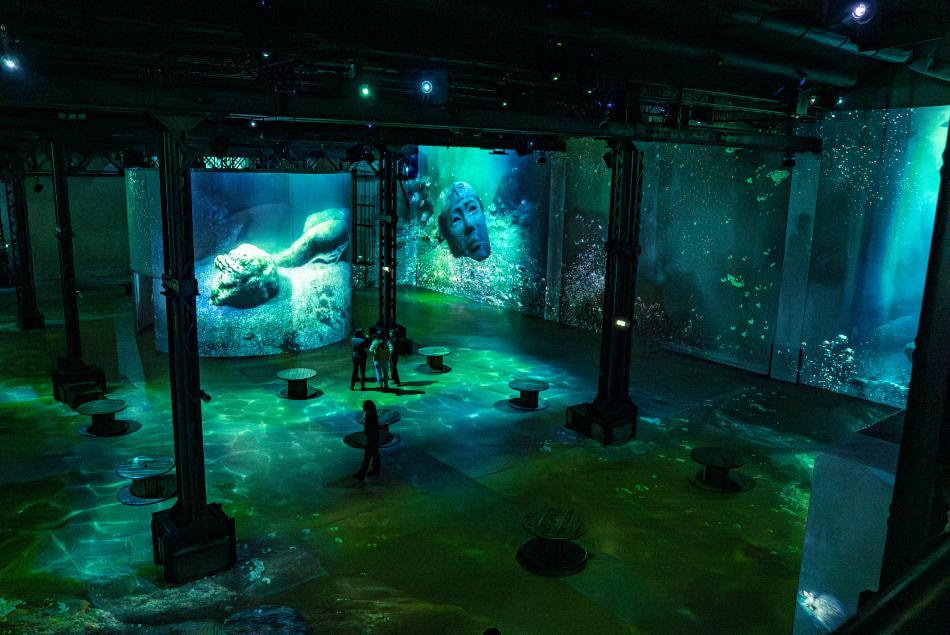
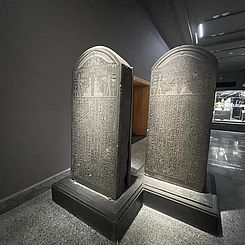


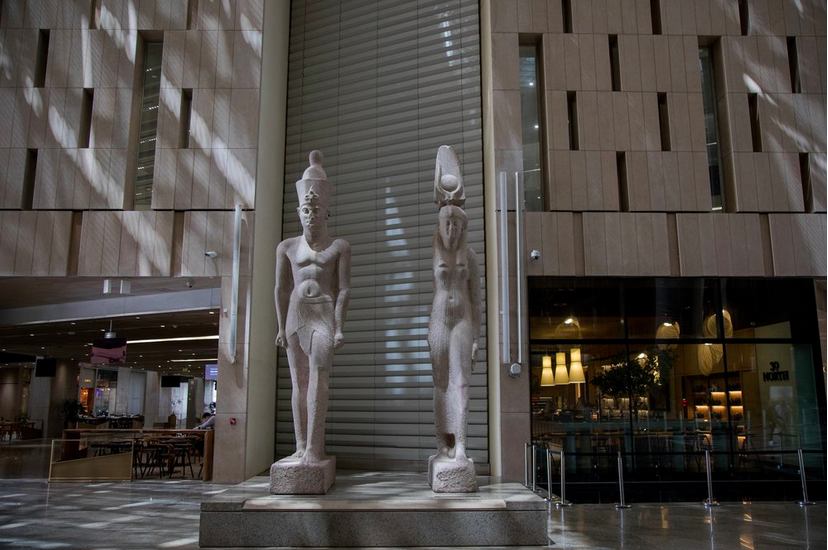
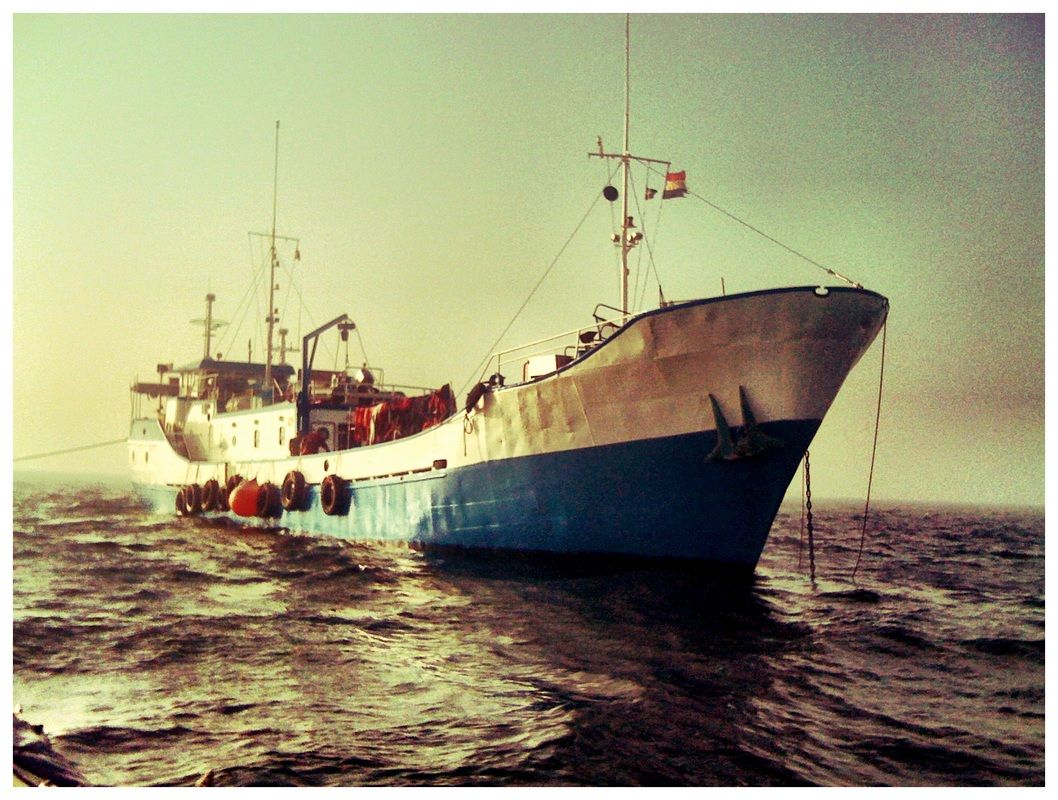
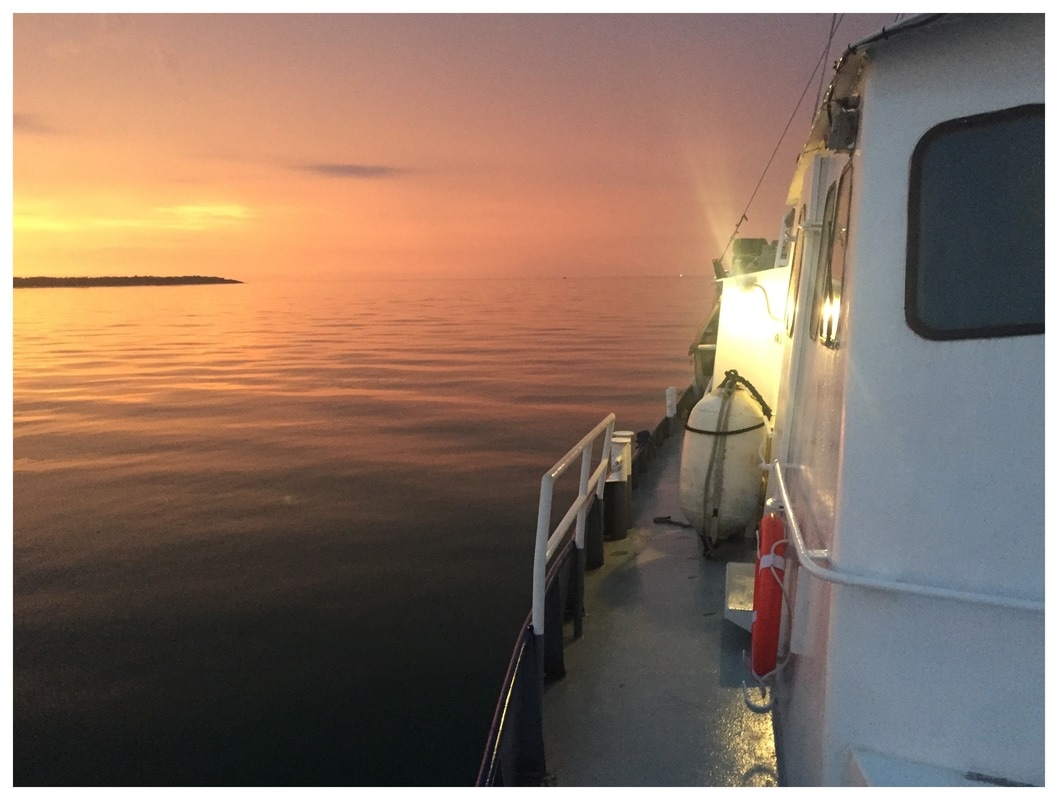
 RSS Feed
RSS Feed
